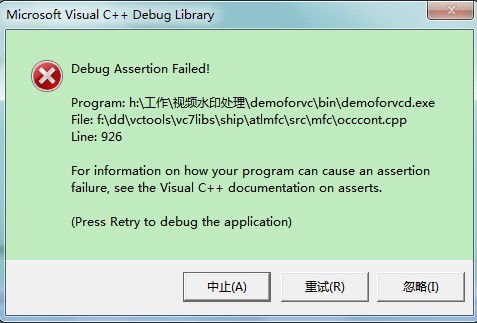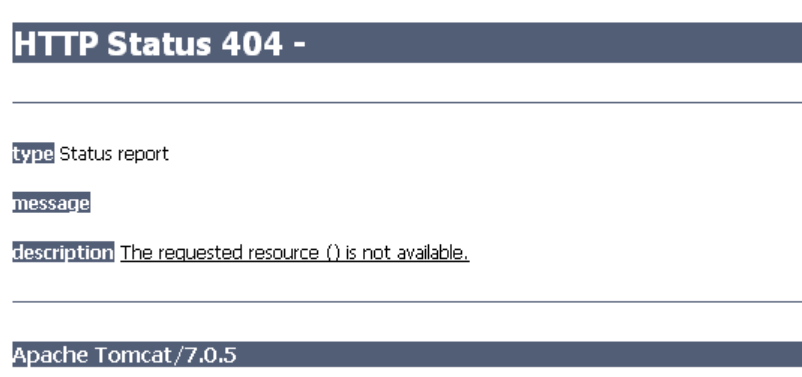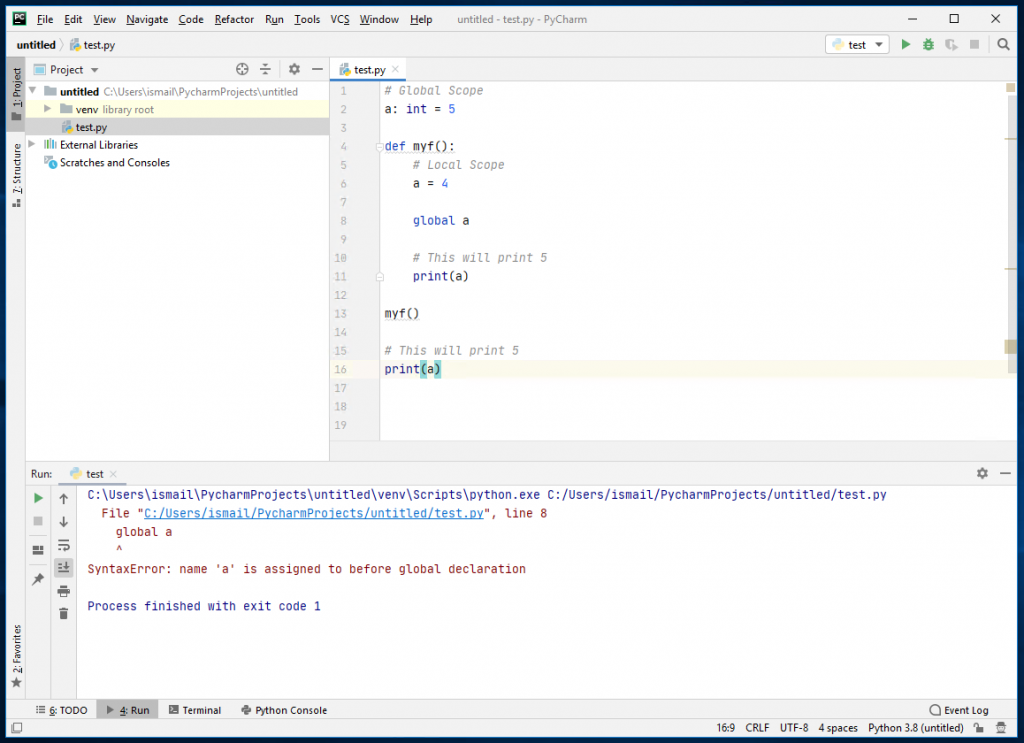- toArray(): 这个 toArray() 方法 ConcurrentLinkedQueue 用于以正确的顺序返回与ConcurrentLinkedQueue相同元素的数组。基本上,它将所有元素从ConcurrentLinkedQueue复制到一个新数组。此方法充当数组和ConcurrentLinkedQueue之间的桥梁。
语法:
public Object[] toArray()
返回: 该方法返回 阵列 包含与ConcurrentLinkedQueue类似的元素。
下面的程序演示了java。util。同时发生的ConcurrentLinkedQueue。toArray()方法。
例1:
// Java Program Demonstrate toArray()// method of ConcurrentLinkedQueueimportjava.util.concurrent.ConcurrentLinkedQueue;publicclassGFG {publicstaticvoidmain(String[] args){// create object of ConcurrentLinkedQueueConcurrentLinkedQueue<Integer> queue=newConcurrentLinkedQueue<Integer>();// Add element to ConcurrentLinkedQueuequeue.add(2300);queue.add(1322);queue.add(8945);queue.add(6512);// print queue detailsSystem.out.println("Queue Contains "+ queue);// apply toArray() method on queueObject[] array = queue.toArray();// Print elements of arraySystem.out.println("The array contains:");for(Object i : array) {System.out.print(i +" ");}}}输出:Queue Contains [2300, 1322, 8945, 6512] The array contains: 2300 1322 8945 6512
例2:
// Java Program Demonstrate toArray()// method of ConcurrentLinkedQueueimportjava.util.concurrent.ConcurrentLinkedQueue;publicclassGFG {publicstaticvoidmain(String args[]){// Creating a ConcurrentLinkedQueueConcurrentLinkedQueue<String>queue =newConcurrentLinkedQueue<String>();// elements into the Queuequeue.add("Welcome");queue.add("To");queue.add("Jungle");// Displaying the ConcurrentLinkedQueueSystem.out.println("The ConcurrentLinkedQueue: "+ queue);// Creating the array and using toArray()Object[] arr = queue.toArray();System.out.println("The array is:");for(intj =0; j < arr.length; j++)System.out.println(arr[j]);}}输出:The ConcurrentLinkedQueue: [Welcome, To, Jungle] The array is: Welcome To Jungle
- toArray(T[]a): 这个 toArray(T[]a) 方法 ConcurrentLinkedQueue 用于一个数组,该数组按正确的顺序包含与此ConcurrentLinkedQueue相同的元素。此方法与toArray()仅在一个条件上不同。如果ConcurrentLinkedQueue大小小于或等于传递的数组,则返回数组的类型与参数中传递的数组相同。否则,将使用与指定数组相同的类型分配一个新数组,并且该数组的大小等于此队列的大小。此方法充当数组和集合之间的桥梁。
语法:
public <T> T[] toArray(T[] a)
参数: 这种方法需要 大堆 作为参数,队列的所有元素都将被复制到其中(如果队列足够大)。否则,将为该对象分配一个相同运行时类型的新数组。
返回: 此方法返回 大堆 包含与ConcurrentLinkedQueue类似的元素。
例外情况: 此方法引发以下异常:
- ArrayStoreException :当传递的数组与ConcurrentLinkedQueue的元素类型不同时。
- 空指针异常 :如果传递的数组为空。
下面的程序演示了java。util。同时发生的ConcurrentLinkedQueue。toArray(T[]a)方法。
例1:
// Java Program Demonstrate toArray()// method of ConcurrentLinkedQueueimportjava.util.concurrent.ConcurrentLinkedQueue;publicclassGFG {publicstaticvoidmain(String[] args){// create object of ConcurrentLinkedQueueConcurrentLinkedQueue<String> queue=newConcurrentLinkedQueue<String>();// elements into the Queuequeue.add("Welcome");queue.add("To");queue.add("Jungle");// print queue detailsSystem.out.println("Queue Contains "+ queue);// the array to pass in toArray()// array has size equal to size of ConcurrentLinkedQueueString[] passArray =newString[queue.size()];// Calling toArray(T[] a) methodObject[] array = queue.toArray(passArray);// Print elements of passed arraySystem.out.println("The array passed :");for(String i : passArray) {System.out.print(i +" ");}System.out.println();// Print elements of returned arraySystem.out.println("The array returned :");for(Object i : array) {System.out.print(i +" ");}}}输出:Queue Contains [Welcome, To, Jungle] The array passed : Welcome To Jungle The array returned : Welcome To Jungle
例2: 展示 ArrayStoreException
// Java Program Demonstrate toArray()// method of ConcurrentLinkedQueueimportjava.util.concurrent.ConcurrentLinkedQueue;publicclassGFG {publicstaticvoidmain(String[] args){// create object of ConcurrentLinkedQueueConcurrentLinkedQueue<Integer> queue=newConcurrentLinkedQueue<Integer>();// Add element to ConcurrentLinkedQueuequeue.add(2323);queue.add(2472);queue.add(4235);queue.add(1242);// the array to pass in toArray()// array has size equal to size of ConcurrentLinkedQueueString[] passArray =newString[queue.size()];// Calling toArray(T[] a) methodtry{Object[] array = queue.toArray(passArray);}catch(ArrayStoreException e) {System.out.println("Exception: "+ e);}}}输出:Exception: java.lang.ArrayStoreException: java.lang.Integer
例2: 展示 空指针异常
// Java Program Demonstrate toArray()// method of ConcurrentLinkedQueueimportjava.util.concurrent.ConcurrentLinkedQueue;publicclassGFG {publicstaticvoidmain(String[] args){// create object of ConcurrentLinkedQueueConcurrentLinkedQueue<Integer> queue=newConcurrentLinkedQueue<Integer>();// Add element to ConcurrentLinkedQueuequeue.add(2323);queue.add(2472);queue.add(4235);queue.add(1242);// the array to passString[] passArray =null;// Calling toArray(T[] a) methodtry{Object[] array = queue.toArray(passArray);}catch(NullPointerException e) {System.out.println("Exception: "+ e);}}}输出:Exception: java.lang.NullPointerException
© 版权声明
文章版权归作者所有,未经允许请勿转载。
THE END


![关于”PostgreSQL错误:关系[表]不存在“问题的原因和解决方案-yiteyi-C++库](https://www.yiteyi.com/wp-content/themes/zibll/img/thumbnail.svg)






